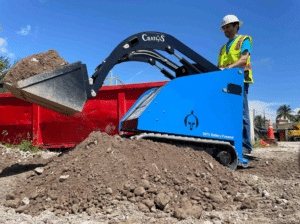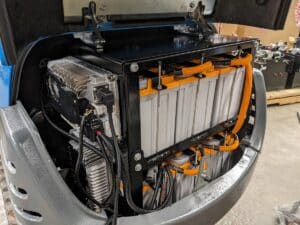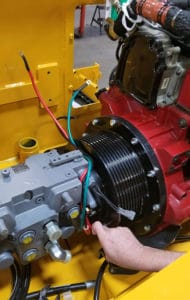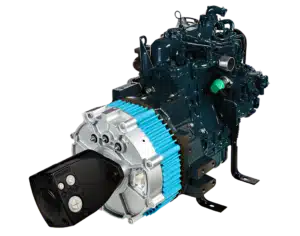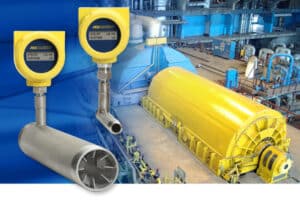Metrology Glossary: LCR Meter
What Is An LCR Meter?
An LCR meter is an electronic testing device used to gauge the inductance (L), capacitance (C), and resistance (R) of an electronic component. These three characteristics are commonly referred to as the passive attributes of an electrical circuit and are indispensable for the proper operation of various electronic devices. Inductance is a quality inherent to a conductor that resists alterations in current and arises from the magnetic field produced by current passing through the conductor. Capacitance refers to an element’s capacity to store electrical energy and originates from the separation of opposing charges across a dielectric material. Resistance represents the opposition to current flow within a conductor and is the result of electron collisions with the conductor’s atoms.
What Are LCR Meters Used For?
Design and Development of Electronic Circuits:
- Component Characterization: LCR meters play a crucial role in aiding engineers to select the most suitable components for their circuits. These devices accurately measure the passive attributes inductance (L), capacitance (C), and resistance (R), ensuring the precision needed for proper circuit design and functionality.
- Circuit Fine-Tuning and Optimization: Engineers utilize LCR meters to measure the actual values of inductance, capacitance, and resistance in components, enabling them to fine-tune and optimize circuits for enhanced performance and efficiency.
Manufacturing and Quality Control:
- Component Quality Assurance: LCR meters are indispensable in production lines for testing and validating the quality of electronic components such as capacitors, inductors, and resistors before integration into final products.
- Fault Detection and Troubleshooting: In manufacturing settings, LCR meters serve to identify faulty components by detecting deviations from expected inductance, capacitance, and resistance values, ensuring the production of high-quality electronic devices.
Maintenance and Repair:
- Circuit Diagnostics: LCR measurements provide valuable insights into the operational status of electronic circuits, facilitating technicians in diagnosing and troubleshooting malfunctions effectively.
- Component Replacement Verification: When conducting maintenance or repairs, technicians use LCR meters to measure inductance, capacitance, and resistance, confirming the suitability of replacement components and ensuring compatibility with the existing circuit.
Related Terms
Products and Services
Further Reading
